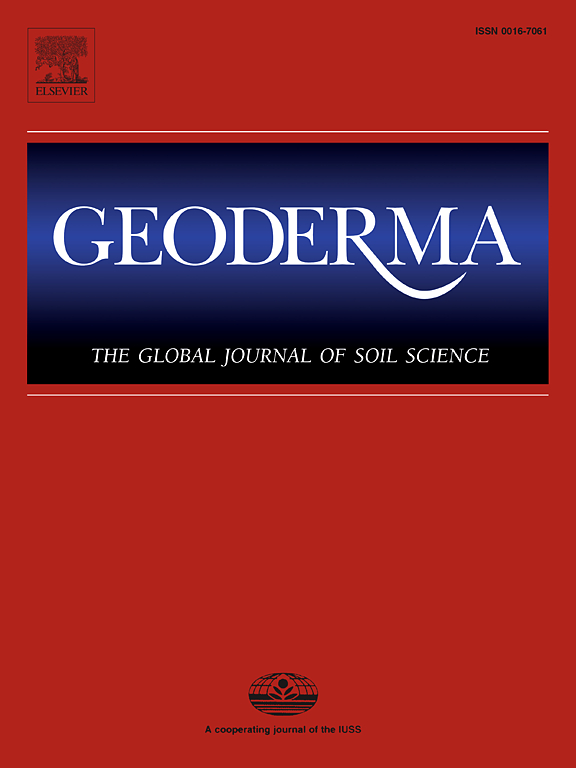Protist communities are correlated with abiotic soil factors, but not resources, prey, or predators along a subalpine secondary succession
IF 5.6
1区 农林科学
Q1 SOIL SCIENCE
引用次数: 0
Abstract
Protists are pivotal components of soil micro-food webs, influencing microbial functioning and nutrient cycling. While abiotic soil factors consistently drive protist communities, the roles of bottom-up (resources) and top-down (predators) forces remain understudied. The lack of integrative studies on these drivers constrains our understanding of changes in protistan communities. To fill this gap, we investigated a subalpine succession (grassland, shrubland, secondary forest, primary forest) in southwestern China, using 18S rRNA gene sequencing to assess protist communities. We specifically tested how basal plant resources, food web components, and abiotic soil factors shape protist communities and their functional groups (phagotrophic, parasitic, phototrophic). The results showed that overall protist diversity decreased during secondary succession, being lowest in secondary birch forests. Abiotic soil factors, especially soil moisture, total phosphorus, and pH, were strongly correlated with protist community composition, while plant resources, prey, and predators showed weaker associations, except for parasitic protists, which were also associated with plant resources and invertebrate diversity. The community composition of phagotrophic and parasitic protists exhibited more pronounced changes along the succession compared to phototrophic protists. Our findings highlight the dominant role of abiotic soil factors in shaping protist communities, which may lead to a decoupling of above- (plant) and belowground (protist) diversity patterns. Moreover, higher trophic levels within protist communities showed greater sensitivity to succession, indicating functional restructuring in soil micro-food webs during ecosystem development. This integrative perspective enhances our understanding of soil protist communities, highlighting the interactions between abiotic and biotic factors that shape belowground ecosystems across environmental gradients.
求助全文
约1分钟内获得全文
求助全文
来源期刊

Geoderma
农林科学-土壤科学
CiteScore
11.80
自引率
6.60%
发文量
597
审稿时长
58 days
期刊介绍:
Geoderma - the global journal of soil science - welcomes authors, readers and soil research from all parts of the world, encourages worldwide soil studies, and embraces all aspects of soil science and its associated pedagogy. The journal particularly welcomes interdisciplinary work focusing on dynamic soil processes and functions across space and time.
 求助内容:
求助内容: 应助结果提醒方式:
应助结果提醒方式:


